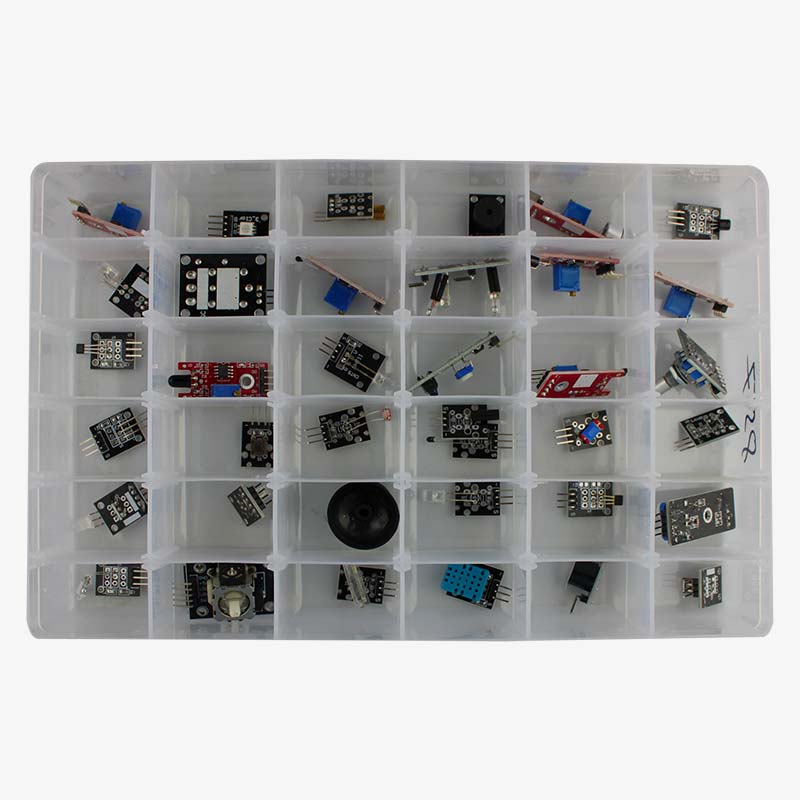Sensor Basics | Features of Colour sensor
Sensor Basics: Understanding the Features of a Color Sensor
Color sensors are sophisticated electronic devices designed to detect and analyze colors in various applications. These sensors play a crucial role in industries such as manufacturing, robotics, and quality control, ensuring accurate color identification and measurement.

Below are some key features of color sensors:
1. Spectral Range:
Color sensors operate within specific wavelength ranges, known as spectral ranges. This defines the colors they can detect accurately. Understanding the spectral range is essential for choosing the right sensor for a particular application.
2. RGB Channels:
Most color sensors use Red, Green, and Blue (RGB) channels to mimic the human eye's color perception. These channels capture the intensity of each color, enabling the sensor to provide detailed color information.
3. Resolution:
Resolution refers to the sensor's ability to distinguish between different colors and shades. Higher resolution ensures more accurate and detailed color detection, which is crucial in applications requiring precision.
4. Light Source Compatibility:
Color sensors interact with ambient light or require an external light source. The compatibility with different light sources is a critical consideration to ensure accurate and consistent color measurements in various environments.
5. Accuracy and Precision:
The accuracy and precision of a color sensor are vital for reliable color detection. Factors such as calibration and sensor design contribute to achieving consistent and precise color measurements.
6. Interface and Integration:
Color sensors come with various interfaces, including digital and analog. The ease of integration with existing systems and the compatibility with different communication protocols are important factors in choosing the right sensor for a specific application.
In conclusion, color sensors are versatile tools with features tailored for accurate color detection in diverse scenarios. Understanding these features is essential for selecting the most suitable color sensor for a given application, ensuring optimal performance and reliability.
Comments
Post a Comment